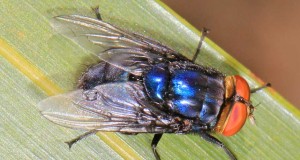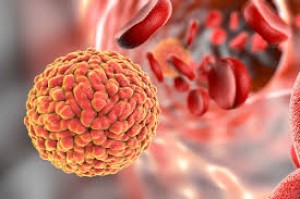Equine Glanders by Dr. Ley

Glanders was once common throughout the world but programs to eradicate the disease have been successful in many countries. Glanders is not presently found in the United States but does occur in parts of the Middle East, Asia, Africa and South America. Glanders causes respiratory infection and skin lesions in equids and humans. Glanders primarily affects horses, mules, and donkeys. The disease can be fatal in mules and donkeys. Infection can also occur in dogs, cats, goats and camels and also be severe for hamsters and guinea pigs.
Horses get Glanders by close contact with other infected horses, especially through shared water and feed troughs as well as by nuzzling, sneezing and coughing. The bacteria can also be spread by inanimate objects, such as brushes, halters, harnesses and other tack.The most common sign of infection in horses is a yellow-green nasal discharge and ulcers on the nose. The horse may have enlarged lymph nodes and nodules on the skin. In some cases, they may look like long, hard ropes, under the skin. Severe coughing can also occur. Long term infections can occur in horses, which may last for several years. Glanders in mules and donkeys can start rapidly and can lead to death in 1 to 2 weeks after exposure.
Humans can get Glanders by having direct contact with infected animals or contaminated objects. Entry of the bacteria occurs through the skin (wounds or cuts) or through surface of the eyes and nose. People in close contact with horses (i.e., veterinarians, farriers, grooms, etc,) are at greater risk for getting the infection. In people, the disease can affect the skin, lungs, or the entire body. Signs may include fever, chills, muscle aches, and chest pain; pneumonia can rapidly develop. Nodules or ulcers may occur in the skin or the nose, eyes, or mouth. Glanders is a very painful disease and can lead to death without treatment.
Glanders is caused by the bacteria Burkholderia mallei, previously known as Pseudomonas, Pfeifferella, Loefflerella, Malleomyces, Actinobacillus, Corynebacterium, Mycobacterium and Bacillus mallei. It is closely related to Burkholderia pseudomallei, the cause of melioidosis. Commonly held terms once used to indicate the infection were Droes, Farcy, and Malleus.
Other diseases in horses that might be confused with Glanders include strangles, epizootic lymphangitis, ulcerative lymphangitis, melioidosis, and other causes of pneumonia, purulent sinusitis, and guttural pouch empyema. The skin lesions can be similar to dermatophilosis (i.e., rain scald) or dermatomycoses (i.e. sporotrichosis).
Diagnosis of the disease is most accurate when cultures are performed on the purulent exudate from the nose or draining abscesses. Otherwise, serological tests are available and include complement fixation (CF) and ELISA. These are quite sensitive and specific, except for their cross-reactivity with Burkholderia pseudomallei, in which case, false positives will occur in areas where melioidosis is endemic. All horses imported from endemic areas (e.g., European Union) are tested by the USDA and must be negative prior to their release from quarantine.
The Glanders agent is susceptible to many common disinfectants including 1% sodium hypochlorite, 70% ethanol, 2% glutaraldehyde, iodine, benzalkonium chloride, mercuric chloride in alcohol and potassium permanganate. It is less susceptible to phenolic disinfectants. This organism can be destroyed by heating to 55C (131F) for 10 minutes, or exposure to ultraviolet irradiation. In the environment, B. mallei is susceptible to drying and sunlight.
Some antibiotics may be effective against Glanders, but treatment is often not allowed outside endemic areas. Treatment can be risky even in these regions, as infections can spread to humans and other animals, and treated animals may become asymptomatic carriers. Designing effective treatments for Glanders is complicated by differences in antibiotic susceptibility patterns between B. mallei isolates, and the inability of some drugs to penetrate into the host cells where this organism replicates. Treatment protocols that might be able to eliminate B. mallei have been published recently, but they have not yet been fully evaluated. Some require treatment for several months, using multiple drugs.
In summation:
Glanders is a serious zoonotic (i.e., animals can spread it to humans) bacterial disease that primarily affects horses, mules and donkeys. Some animals die acutely within a few weeks. Others become chronically infected, and can spread the disease for years before succumbing. Glanders also occurs occasionally in other mammals, including carnivores that eat meat from infected animals. Although cases in humans are uncommon, they can be life threatening and painful. Without antibiotic treatment, the case fatality rate may be as high as 95%.
_____________________
March 2017
Dr. William B. Ley DVM, MS, DACT Articles
Related Links
Allowed: 64M/67108864KB.
Current: 7304KB. Peak: 7374KB.
























